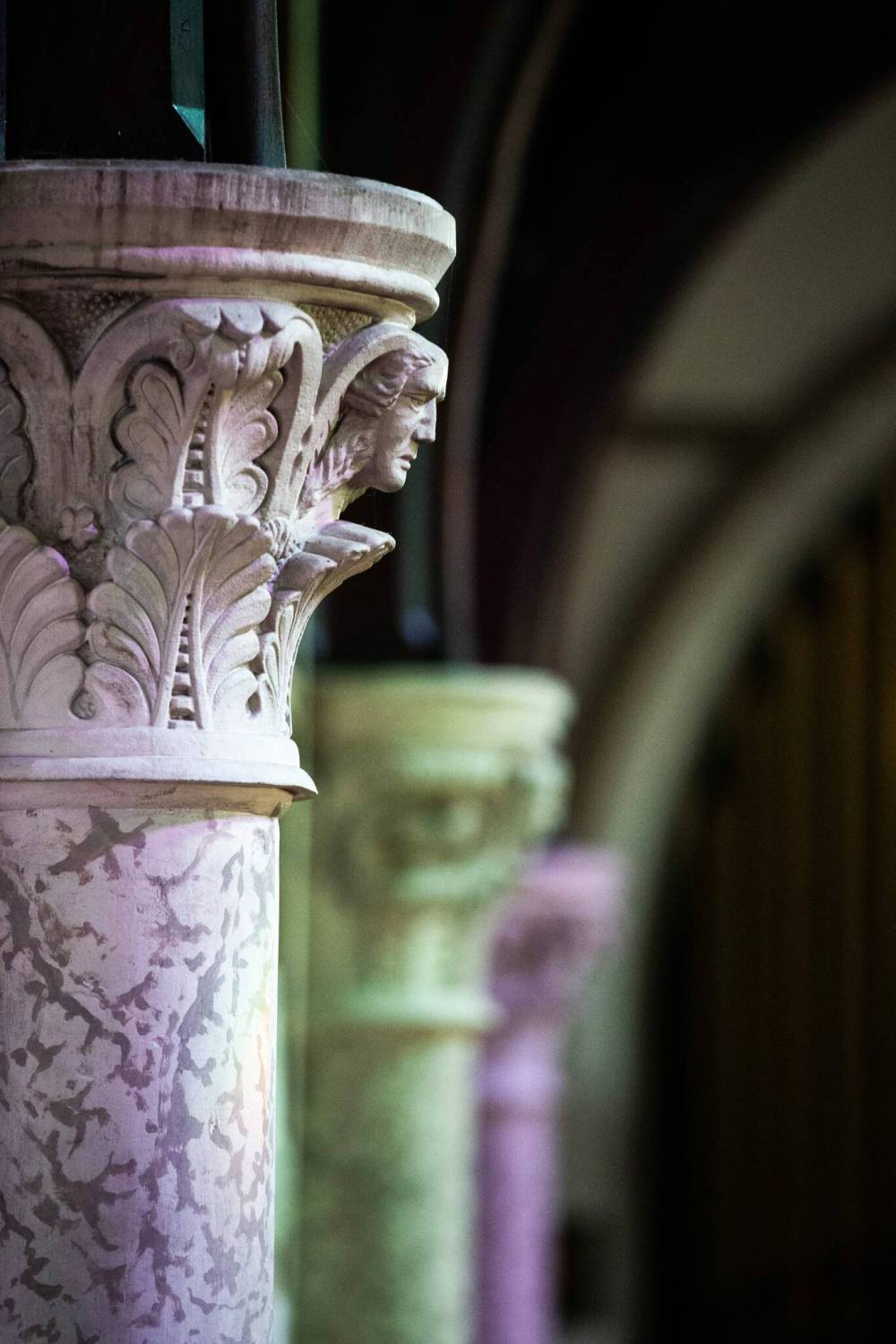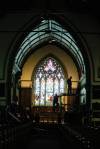History collides with cost at historic church
Advertisement
Read this article for free:
or
Already have an account? Log in here »
To continue reading, please subscribe:
Monthly Digital Subscription
$0 for the first 4 weeks*
- Enjoy unlimited reading on winnipegfreepress.com
- Read the E-Edition, our digital replica newspaper
- Access News Break, our award-winning app
- Play interactive puzzles
*No charge for 4 weeks then price increases to the regular rate of $19.00 plus GST every four weeks. Offer available to new and qualified returning subscribers only. Cancel any time.
Monthly Digital Subscription
$4.75/week*
- Enjoy unlimited reading on winnipegfreepress.com
- Read the E-Edition, our digital replica newspaper
- Access News Break, our award-winning app
- Play interactive puzzles
*Billed as $19 plus GST every four weeks. Cancel any time.
To continue reading, please subscribe:
Add Free Press access to your Brandon Sun subscription for only an additional
$1 for the first 4 weeks*
*Your next subscription payment will increase by $1.00 and you will be charged $16.99 plus GST for four weeks. After four weeks, your payment will increase to $23.99 plus GST every four weeks.
Read unlimited articles for free today:
or
Already have an account? Log in here »
Hey there, time traveller!
This article was published 31/05/2024 (523 days ago), so information in it may no longer be current.
It goes without saying that folks whose faith propels them to study scripture and work and worship at a church are inclined to believe in miracles.
For the dwindling but deeply devoted congregation of Holy Trinity Anglican Church in downtown Winnipeg, such reverential belief is being put to a very practical and immediate test.
The 140-year-old church at the corner of Smith Street and Graham Avenue faces a highly uncertain future, as structural issues related to its having been built without a foundation have left the building in imminent danger of being declared unsafe and relegated for demolition.

According to recent news reports, cracks are visible in the walls near the facility’s altar, and scaffolding has been erected to protect the organist from the possible peril of falling plaster. Floors in other parts of the building have bowed and heaved, making it difficult to open and close doors.
The structural defiency responsible for the deterioration — the lack of support beneath the ornate limestone and wood edifice, which is considered to be one of Canada’s finest examples of 19th century Gothic Revival architecture — was noted in a 1989 geological survey that declared the building structurally unsound. Current estimates put the cost of rehabilitating the church at somewhere around $7.2 million.
That figure, of course, represents a financial impossibility. Holy Trinity’s current congregation numbers in mere hundreds; attendance at Sunday services averages between 30 and 60. After revenues and expenses were balanced, the church’s books last year showed an admirable surplus of $11,560.
All of which has left the parish in the unenviable position of asking the Bishop of Rupert’s Land for permission to put the building — which is designated as both a National Historic Site of Canada and as a protected historical building in Winnipeg — up for sale.
“We don’t have foundation issues,” said Sandra Bender, the people’s warden at the church. “We don’t have a foundation … It is a bit of a miracle our church has stood as long as it has, because other churches in Toronto built the same way are gone.
“The building is now in a state where in the next six months to three years, it could be determined unsafe and condemned.”
A report given to congregation members earlier this year at the church’s annual meeting noted that Holy Trinity has searched for several years for a partner to help underwrite the repairs, or for a way the church could undertake the work on its own, but has concluded the parish does not have the capacity to proceed.
In an interview with the Free Press, Bishop of Rupert’s Land Geoff Woodcroft declared any agreement to sell the building would be conditional on the buyer/investor/developer agreeing to maintain the historic structure (if possible) and commit to making space available for Holy Trinity to hold worship services and continue important community work such as its weekly lunch program, which serves more than 10,000 meals annually.
The future of Holy Trinity, then, would appear to be a matter of balancing structural and financial realities against theological imperatives and obligations.
A miraculous solution seems unlikely to the most practical of situations — the value of history, set against the cost of its preservation.
There’s an oft-repeated biblical parable, cited in the gospels of Luke and Matthew, that considers the importance of a strong faith foundation. It compares the fates of a man who constructs his home upon a rock and another who opts to build his structure on sand; the outcome when the rains and floods come require no explanation here.
If only the strong-handed and faith-compelled builders of Holy Trinity had applied that bible lesson in the most literal and practical of terms when construction began back in 1883.
History
Updated on Friday, May 31, 2024 7:44 AM CDT: Adds photo







